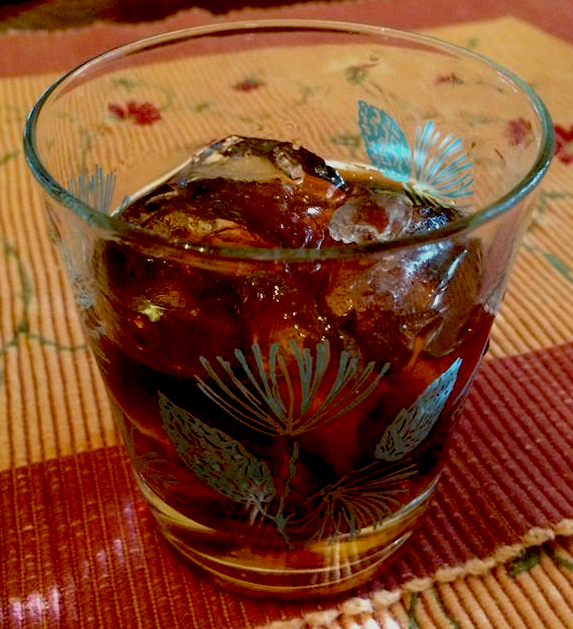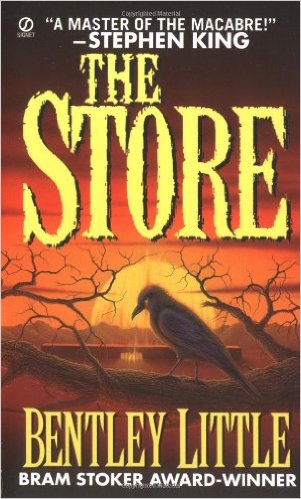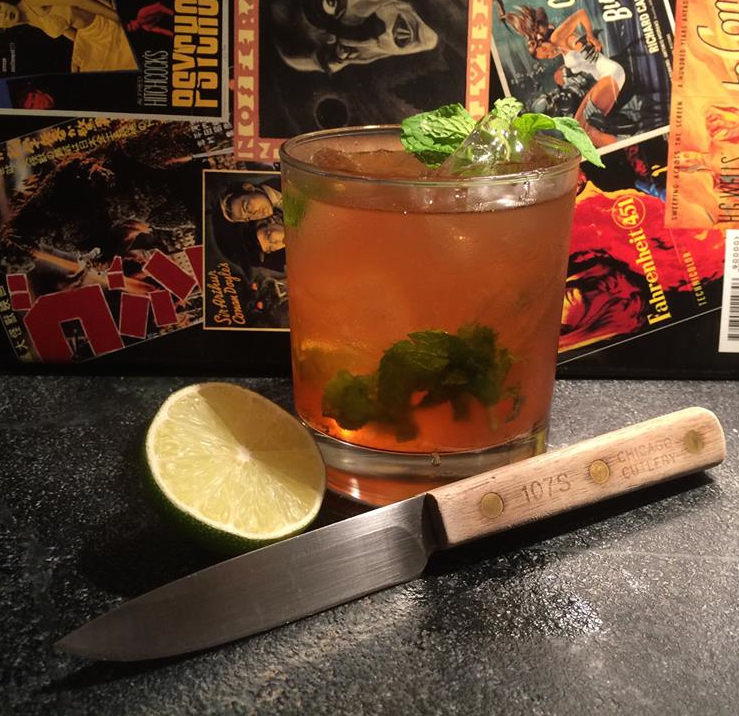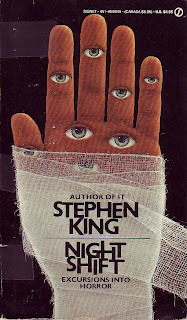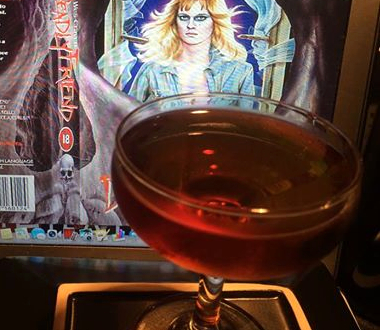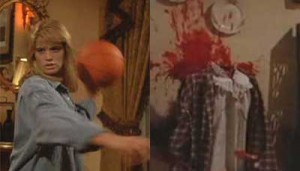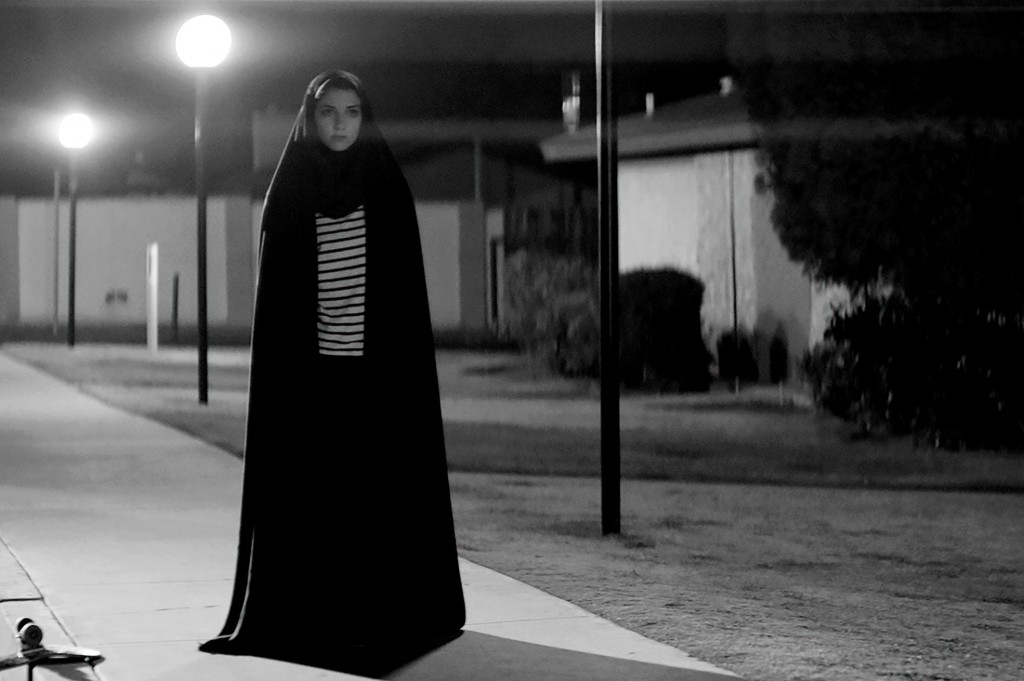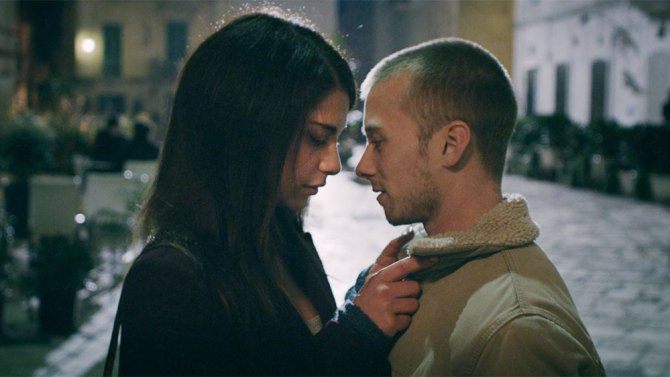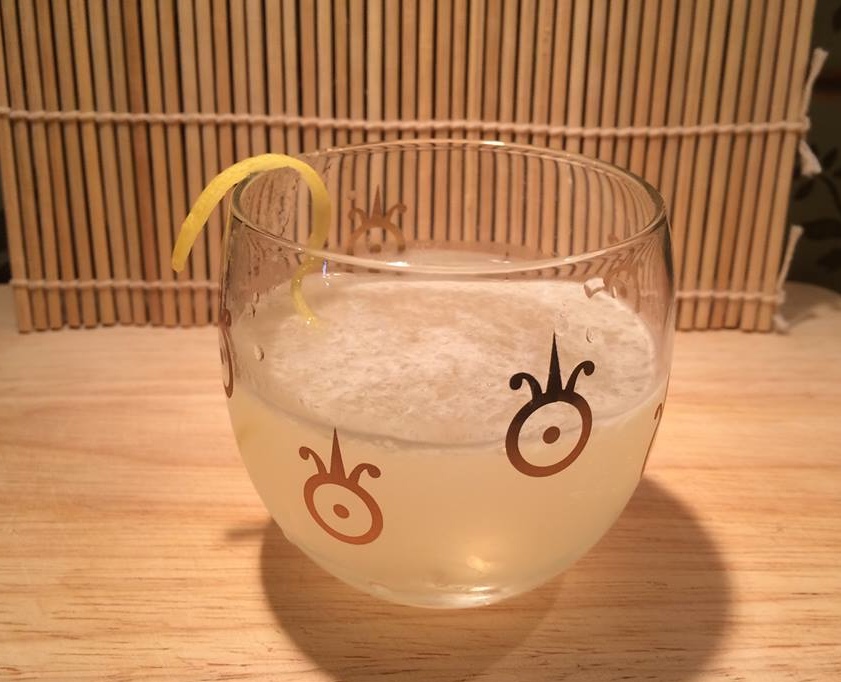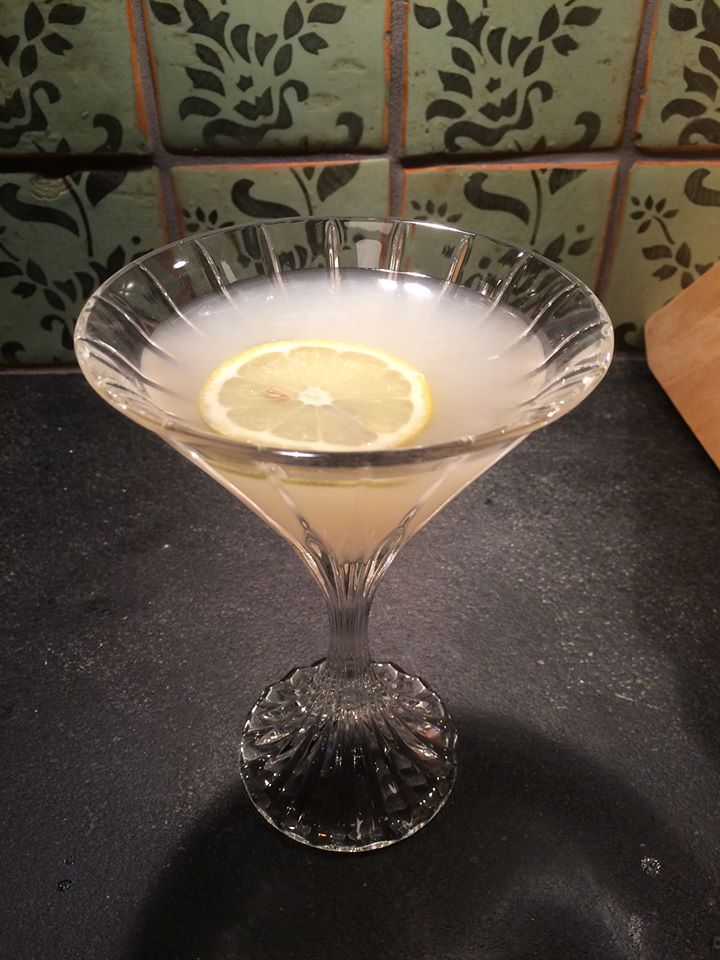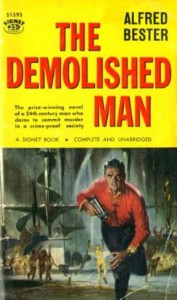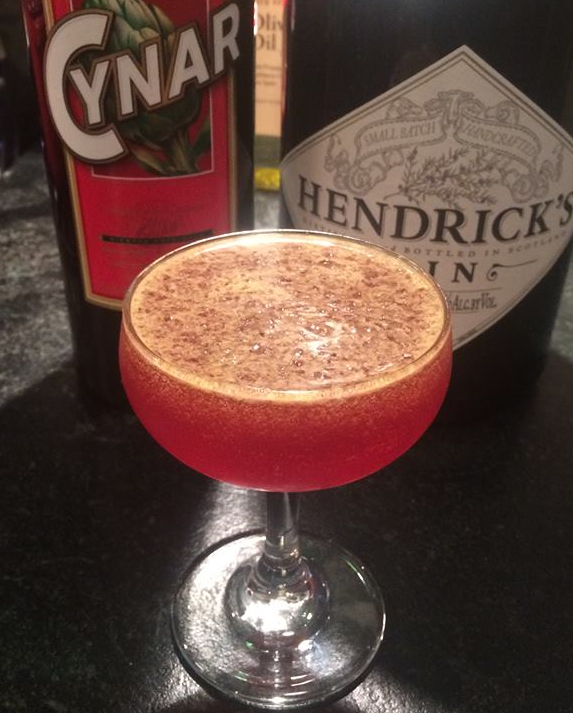Some of the most effective horror stories ask us to look at what happens when we become willing participants in evil.
Bentley Little’s The Store is one of those. The 1998 novel unfolds the tale of a mysterious big box store that arrives in a small Arizona town and seems to corrupt everything it touches, starting with the pristine natural landscape where it’s built.
It doesn’t take long for The Store to drive a wedge between protagonist Bill and others in town, including his own daughter, who lands a job there. Bill and a handful of contrarians worry about the new outlet’s effect on the area’s environment, its way of life and its mom-and-pop business owners.
But most folks, reeled in by the promise of jobs, upward mobility and a greater variety of consumer products, just go along.
Soon The Store stitches up a virtual monopoly and drives the town’s small businesses into insolvency. Anyone who dares speak up is whisked away by the mysterious Night Managers, the corporation’s shadowy, and possibly supernatural, secret police.
And that’s when things really get creepy.
It’s easy to read Little’s satirical horror novel as simply a condemnation of Wal-Mart and other big box stores, but I suspect he wants us to think deeper. Little shows how willing most of us are to make excuses for the excesses of no-holds-barred capitalism, so long as we’re promised short-term benefit — whether it’s the illusion of choice or the prospect of a better job.
The truth at the The Store’s center is powerful and subversive: It’s not Big Brother that poses the biggest threat — for government is bumbling and bureaucratic — but Big Business. Few of us, it seems, are able to resist the temptation of its creature comforts.
“It’s the corporations we have to worry about,” one of the characters conveniently explains. “They’re the ones with the money. They’re the ones who can afford to hire the best and the brightest, to competently carry out their plans.”
Prescient sentiment from a book worthy of its own cocktail, the Night Manager.
Since the novel is set in the Southwest, tequila seemed like the natural star for the Night Manager. I added Kahlua coffee liqueur to impart an appropriately dark hue. (The book’s Night Managers, after all, are garbed in Gestapo black.)
Bigallet “China-China” Amer, a French orange-based liqueur, brings sweet and aromatic notes to the cocktail, along with spices including anise and gentian. Those flavors add a sense of mystery and provide a good foil for the earthiness of the tequila and coffee.
THE NIGHT MANAGER
2 oz. tequila blanco
1 oz. Kahlua
½ oz Bigallet “China-China” Amer liqueur
Fill a small cocktail glass with ice. Pour in the ingredients and stir until condensation begins to appear on the outside of the glass and serve.

